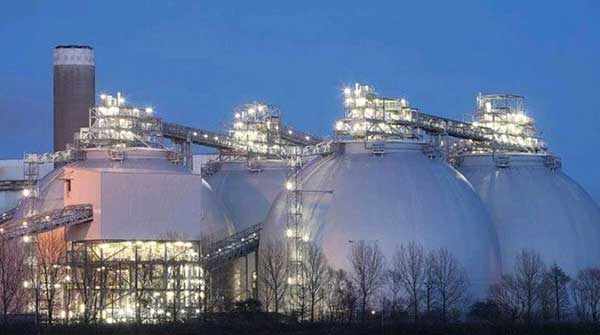Or is carbon capture and storage (CCS) another climate blind alley?
 In a recent analysis from the International Institute for Sustainable Development, an environmental advocacy group and think tank, the topic of Carbon Capture and Storage (CCS) was put under the microscope.
In a recent analysis from the International Institute for Sustainable Development, an environmental advocacy group and think tank, the topic of Carbon Capture and Storage (CCS) was put under the microscope.
One takeaway from the report by Laura Cameron, one of its authors, is particularly poignant: “Carbon capture and storage is expensive, and the costs are not likely to come down in the timeframe needed to meet our climate targets.”
At the heart of this discussion are the climate targets aimed at curbing CO2 emissions – often controversially seen by some as a pollutant, to be reduced via a wide assortment of policies, including CCS. The research looked into around 30 commercial carbon capture facilities globally, including a handful in Canada.
To those familiar with the nuances of the climate debate, this isn’t breaking news. Capturing CO2, whether from the atmosphere or burning fossil fuels, can be prohibitively expensive, up to hundreds of dollars per megatonne.
Despite years of cautionary advice, the allure of CCS remains strong, especially in the petroleum industry. Many oil and gas firms and their industry associations champion CCS as a hallmark of corporate responsibility, believing it may buy them the ‘social license’ to operate. But attempting to placate climate advocates in this manner is unlikely to succeed.
Electric vehicles (EVs) and their batteries are another climate blind alley. Contrary to popular belief, the entire lifecycle emissions of EVs cost far more in CO2 emissions – especially when considering the mining and refining of essential minerals – than are acknowledged by politicians and their supporters. When you factor in the complexity of converting to electric or other non-emitting energy sources for such sectors as aviation and shipping, the puzzle becomes even more intricate.
Large-scale offshore wind turbines have their own set of challenges. They cost far more to build, deploy, install, and safely dispose of after their useful life than their proponents and commercial lobbyists proclaim. The story isn’t too different for solar panels either, which come with their own environmental price tags during their entire lifecycle.
Yet another nail in the coffin of perpetual Climate Alarmism is prominent climate researcher Patrick T. Brown, who suggests that climate narratives that veer off the ‘Crisis’ rhetoric struggle to find a place in scientific journals, potentially influencing the trajectory of research funding. His case is not solitary: the ‘Climate Apocalypse’ seems to dominate everything. The Green Transition lobby is motivated to allow only those voices that keep Big Environment afloat.
There might be some potential for repurposing CO2 for greenhouse produce and cannabis growers or cement production. But the overarching sentiment seems to be that the vast resources channelled into CCS, alternative energy, and costly electric vehicles might be better placed elsewhere – like promoting low-emission natural gas or nuclear power.
But then, is the objective genuinely about reducing CO2 emissions, or is there another play at hand?
Ian Madsen is the Senior Policy Analyst at the Frontier Centre for Public Policy.
For interview requests, click here.
The opinions expressed by our columnists and contributors are theirs alone and do not inherently or expressly reflect the views of our publication.
© Troy Media
Troy Media is an editorial content provider to media outlets and its own hosted community news outlets across Canada.


